Sang-Kyun Cha
PGX: A Multi-level GNN Explanation Framework Based on Separate Knowledge Distillation Processes
Aug 05, 2022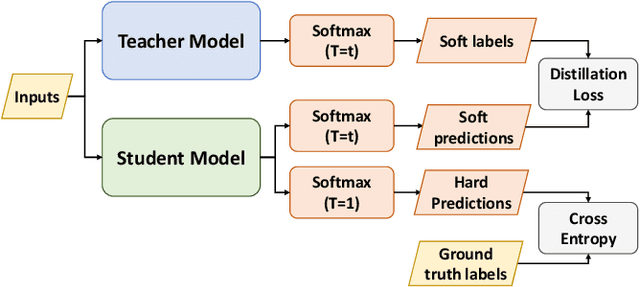
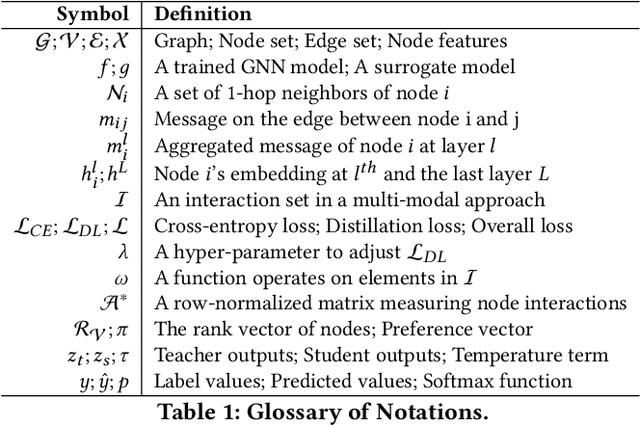
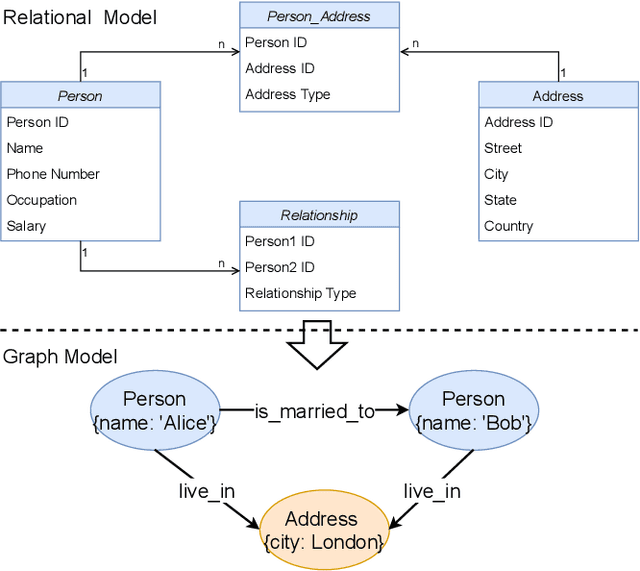
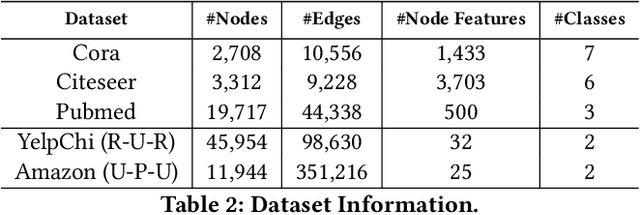
Abstract:Graph Neural Networks (GNNs) are widely adopted in advanced AI systems due to their capability of representation learning on graph data. Even though GNN explanation is crucial to increase user trust in the systems, it is challenging due to the complexity of GNN execution. Lately, many works have been proposed to address some of the issues in GNN explanation. However, they lack generalization capability or suffer from computational burden when the size of graphs is enormous. To address these challenges, we propose a multi-level GNN explanation framework based on an observation that GNN is a multimodal learning process of multiple components in graph data. The complexity of the original problem is relaxed by breaking into multiple sub-parts represented as a hierarchical structure. The top-level explanation aims at specifying the contribution of each component to the model execution and predictions, while fine-grained levels focus on feature attribution and graph structure attribution analysis based on knowledge distillation. Student models are trained in standalone modes and are responsible for capturing different teacher behaviors, later used for particular component interpretation. Besides, we also aim for personalized explanations as the framework can generate different results based on user preferences. Finally, extensive experiments demonstrate the effectiveness and fidelity of our proposed approach.
A Deep Learning Approach for Forecasting Air Pollution in South Korea Using LSTM
May 10, 2018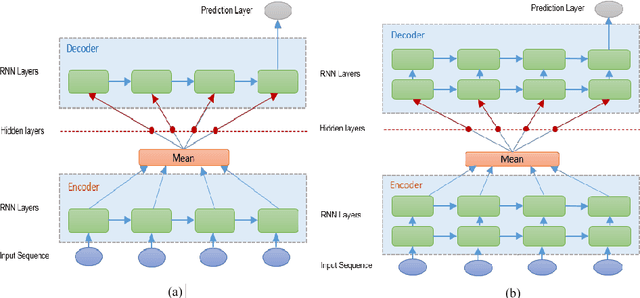
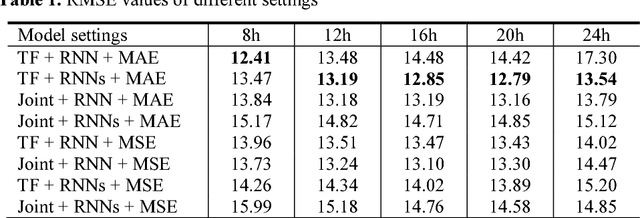
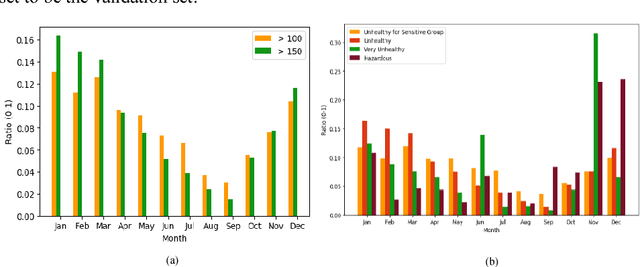
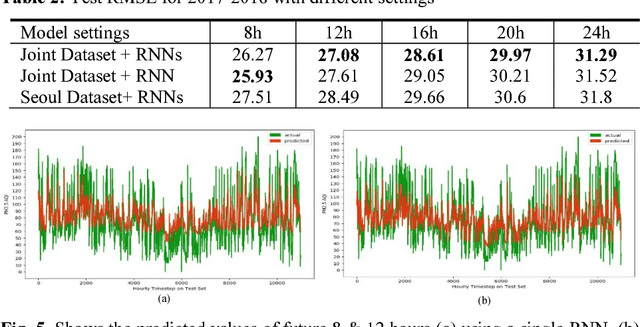
Abstract:Tackling air pollution is an imperative problem in South Korea, especially in urban areas, over the last few years. More specially, South Korea has joined the ranks of the world's most polluted countries alongside with other Asian capitals, such as Beijing or Delhi. Much research is being conducted in environmental science to evaluate the dangerous impact of particulate matters on public health. Besides that, deterministic models of air pollutant behavior are also generated; however, this is both complex and often inaccurate. On the contrary, deep recurrent neural network reveals potent potential on forecasting out-comes of time-series data and has become more prevalent. This paper uses Recurrent Neural Network (RNN) with Long Short-Term Memory units as a framework for leveraging knowledge from time-series data of air pollution and meteorological information in Daegu, Seoul, Beijing, and Shenyang. Additionally, we use encoder-decoder model, which is similar to machine comprehension problems, as a crucial part of our prediction machine. Finally, we investigate the prediction accuracy of various configurations. Our experiments prevent the efficiency of integrating multiple layers of RNN on prediction model when forecasting far timesteps ahead. This research is a significant motivation for not only continuing researching on urban air quality but also help the government leverage that insight to enact beneficial policies
 Add to Chrome
Add to Chrome Add to Firefox
Add to Firefox Add to Edge
Add to Edge